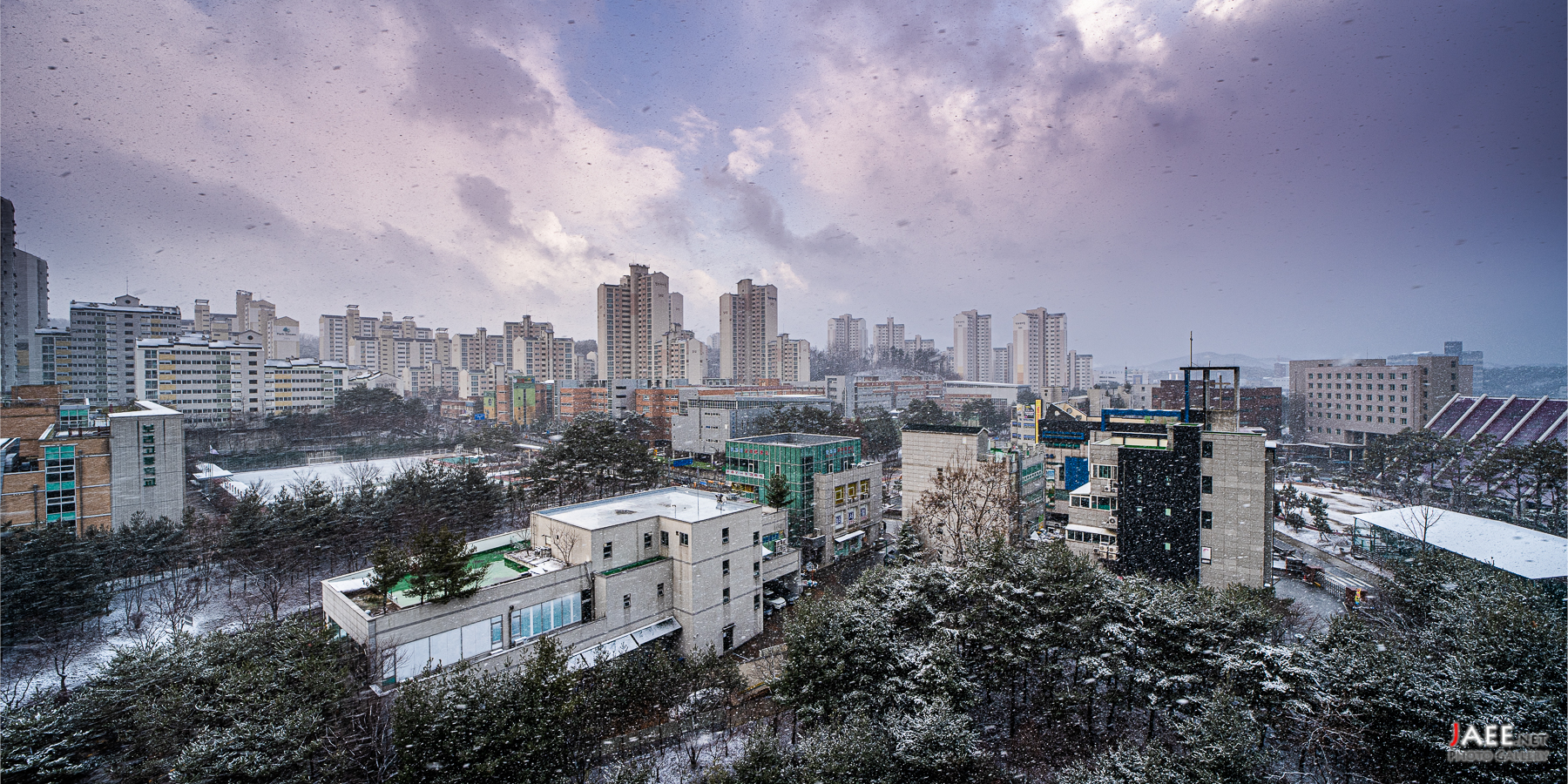핀홀 렌즈 만들기. Making a Pinhole Lens.
대단한 궁극의 방법이라기보다,
핀홀 렌즈의 결과물이 다소 궁금하기도 하고, 저렴해서 알리 등에서 구매하는 분들이 꽤나 있는듯 하다. 결론만 말하자면, 현대의 광학기술이 적용되지 않은 고대의 방법으로 2000만화소 이상의 디지털 카메라에 상을 맺게 한 결과물은 정말이지 처참하기 그지 없다. ^^. Rather than presenting this as the ultimate method, I was simply curious about the results of a pinhole lens. It seems many people are buying them from places like AliExpress due to their low cost. To get straight to the point, the outcome of using this ancient method, which lacks modern optical technology, on a 20+ megapixel digital camera is utterly dismal. ^^
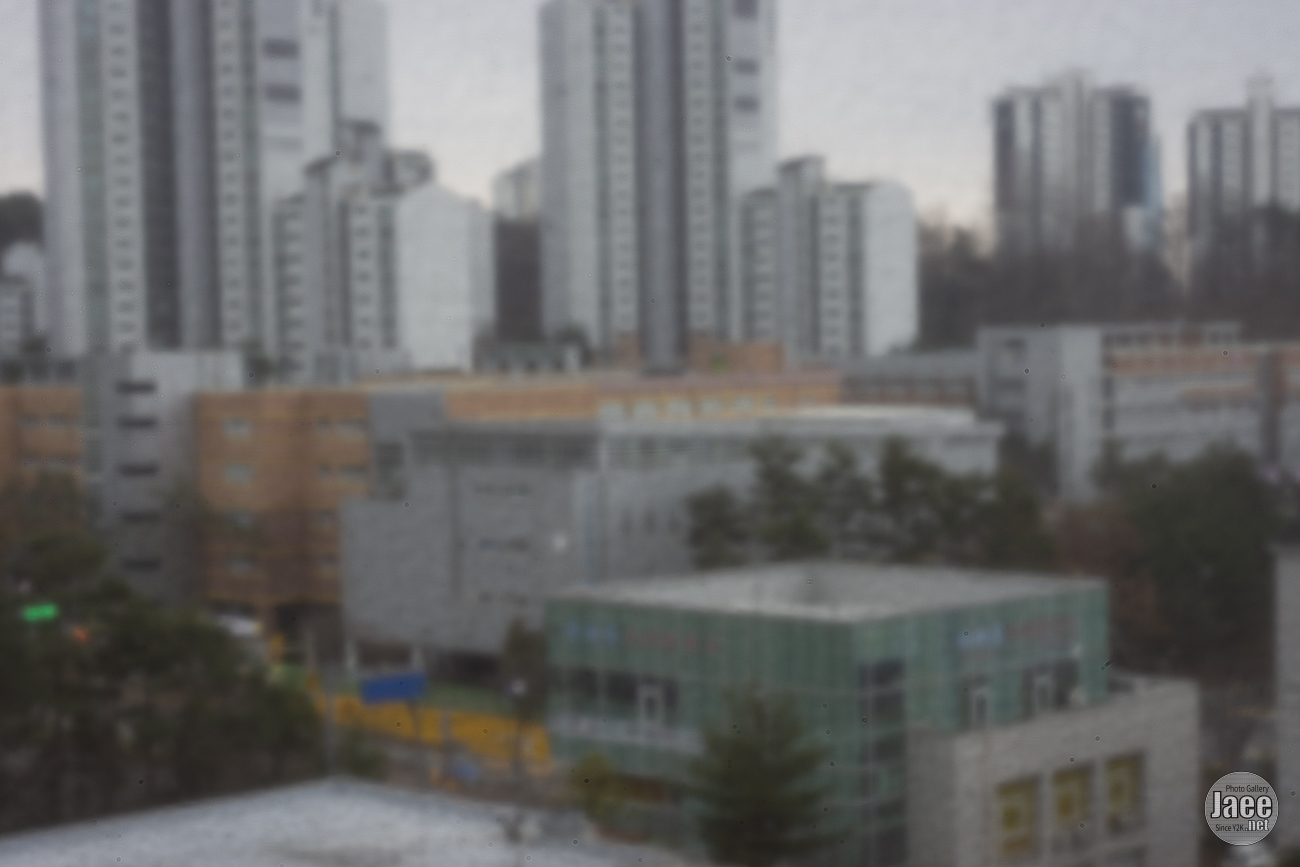
요즘엔 감성이란 용어로 뭐든 용서가 되긴 한다. ^^ 다만, 일반 렌즈로는 거의 눈치채기 힘든 센서에 붙어 있는 작은 먼지까지 다 보인다. 센서 검증용이나 청소용으론 쓰기 좋아 보인다. These days, anything seems to be excused under the guise of “emotion.” ^^ However, it even reveals tiny dust particles on the sensor that are nearly imperceptible with regular lenses. It might be useful for sensor testing or cleaning.
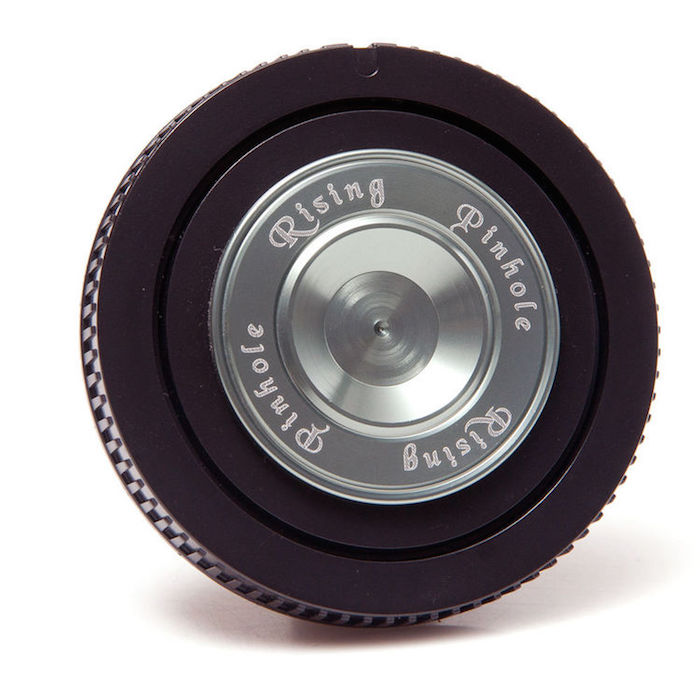
자주 쓸 렌즈도 아니고, 해외 배송을 기다리기도 번거롭고 하여 3D 프린터로 출력 후, 쿠킹 호일 등을 이용하여 핀으로 직접 제작도 해 보았지만. 역시 그냥 실험 수준이었다. Since it’s not a lens I’d use frequently, and waiting for overseas shipping is cumbersome, I tried 3D printing and making one myself using cooking foil, etc. However, it was just an experimental effort.
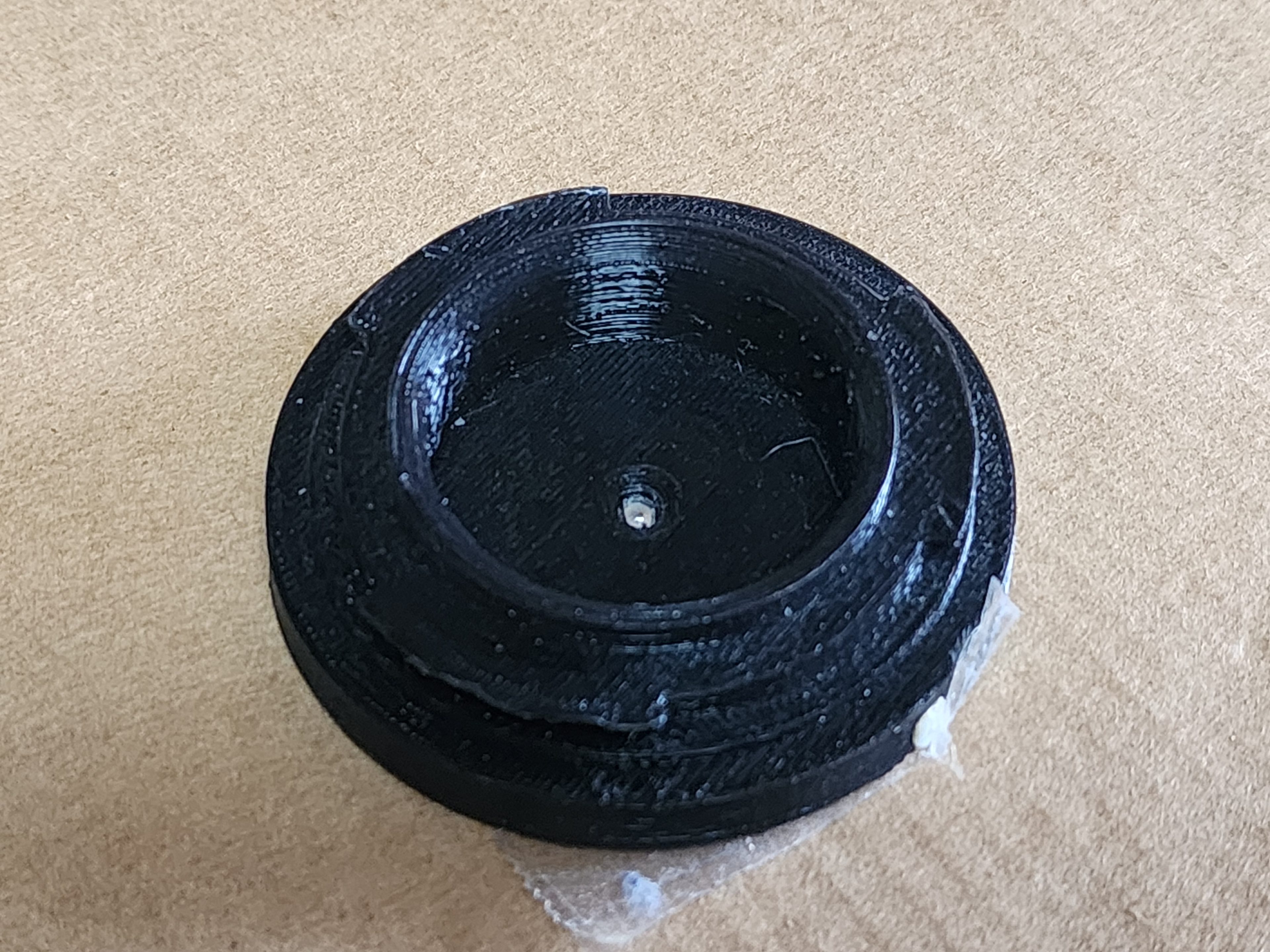
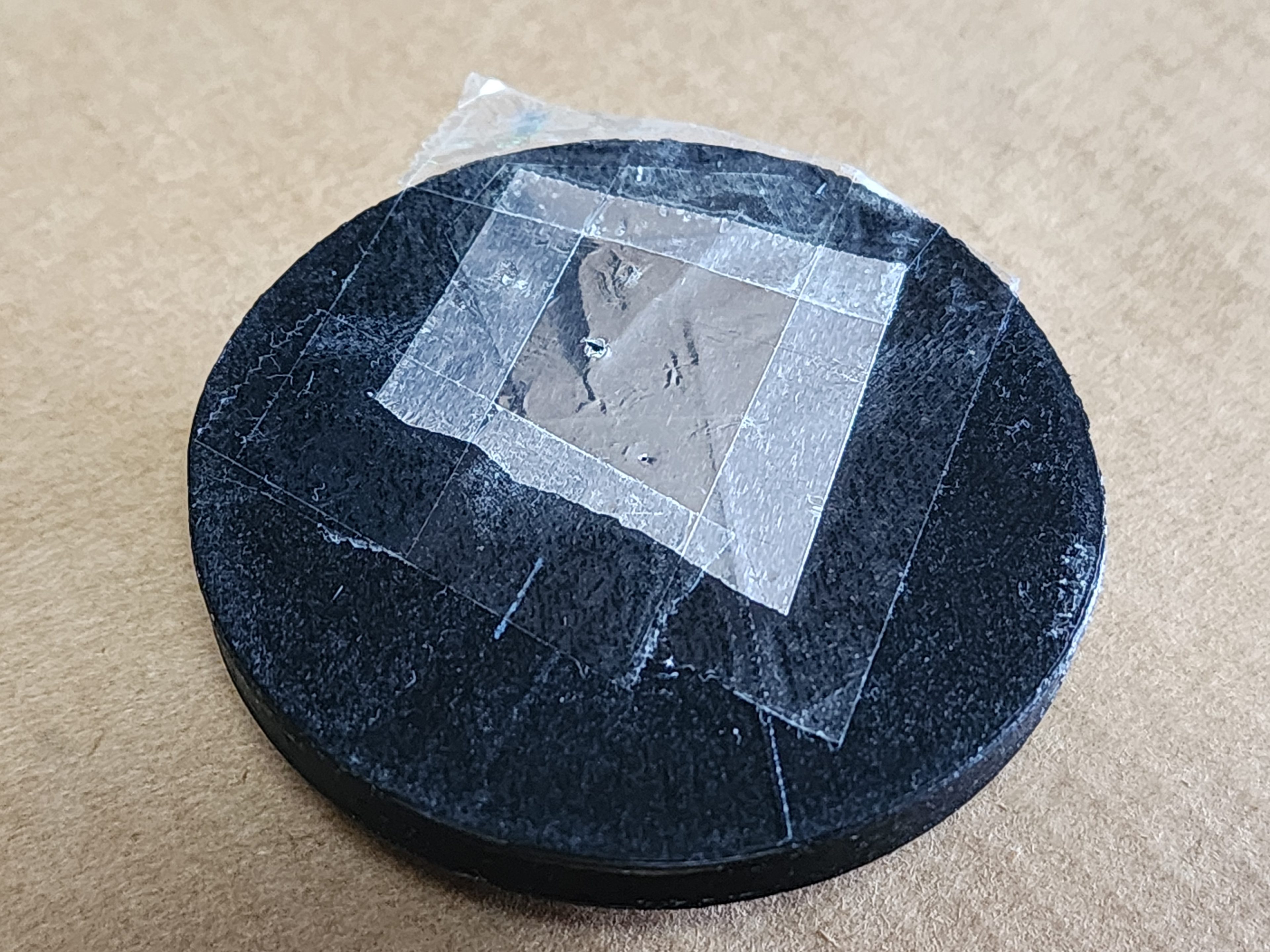
다만 좀 걸리는것은, 렌즈의 핵심 작동 과정이었다. 이 렌즈는 작은 구멍을 통해 빛이 회절하는 현상을 이용한 것인데, 가장 중요한 홀을 만들때 좀 지저분 해 진다는것이었다. 쿠킹 호일에 바늘로 찌르는 방식이라 뒷면에 찌꺼기가 남는것도 역시 좀 문제로 생각되었다. 따라서 상업적으로 제작한 렌즈를 사보고 싶은 마음이 계속 한켠에 있었다. 그렇지만… 2만원이 아까운게 아니라, 뭔가 확실하게 의미 없다는 것을 확인하는데 2만원도 과하단 느낌. ^^. What bothered me was the core operating principle of the lens. It utilizes the diffraction of light through a small hole, but the crucial part is that creating the hole tends to be messy. The method of poking a hole in cooking foil with a needle leaves debris on the back, which is also a problem. Therefore, I had a lingering desire to buy a commercially made lens. However… it’s not that I’m stingy with 20,000 won, but even 20,000 won feels excessive for confirming something that is clearly meaningless. ^^
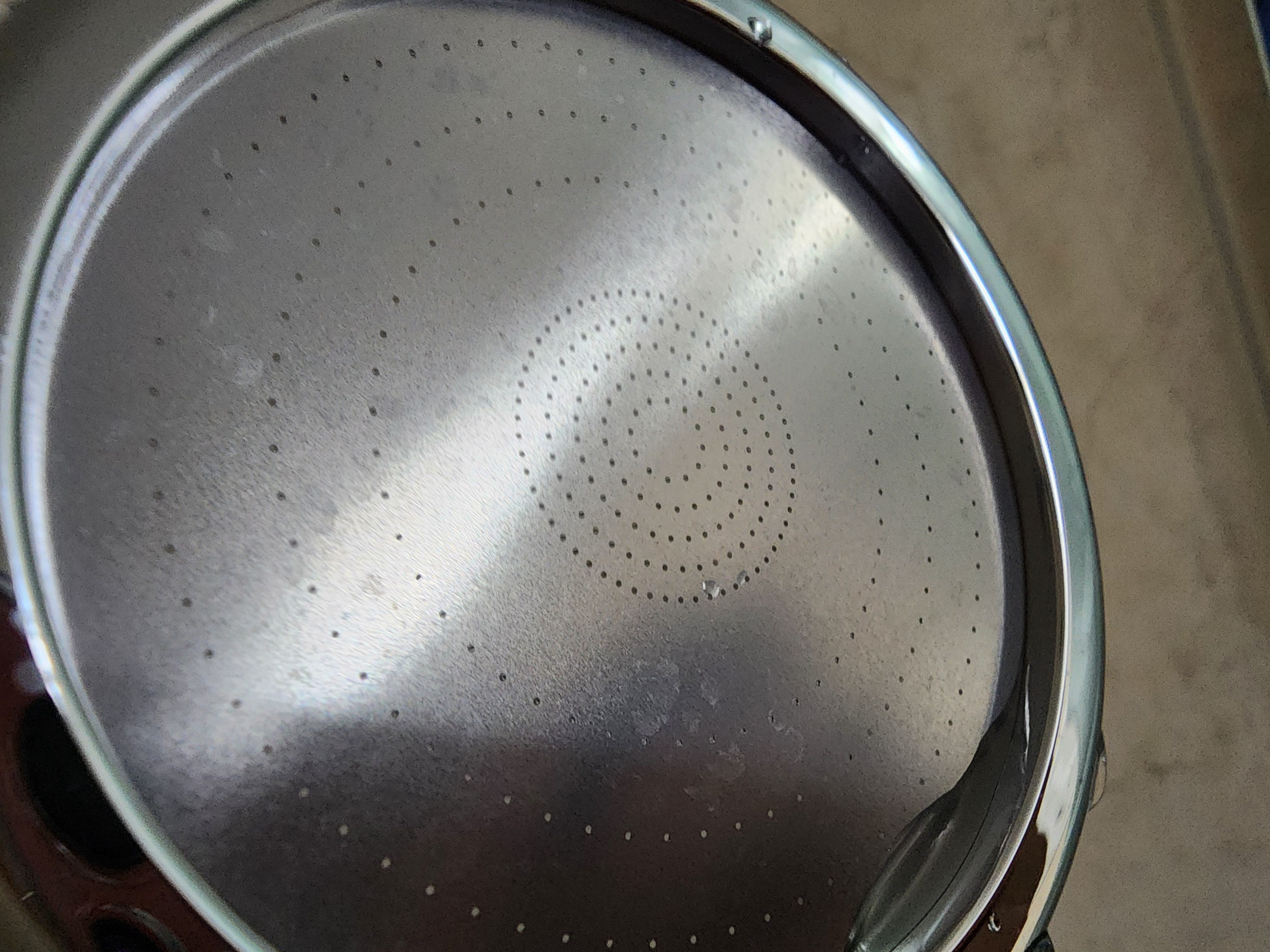
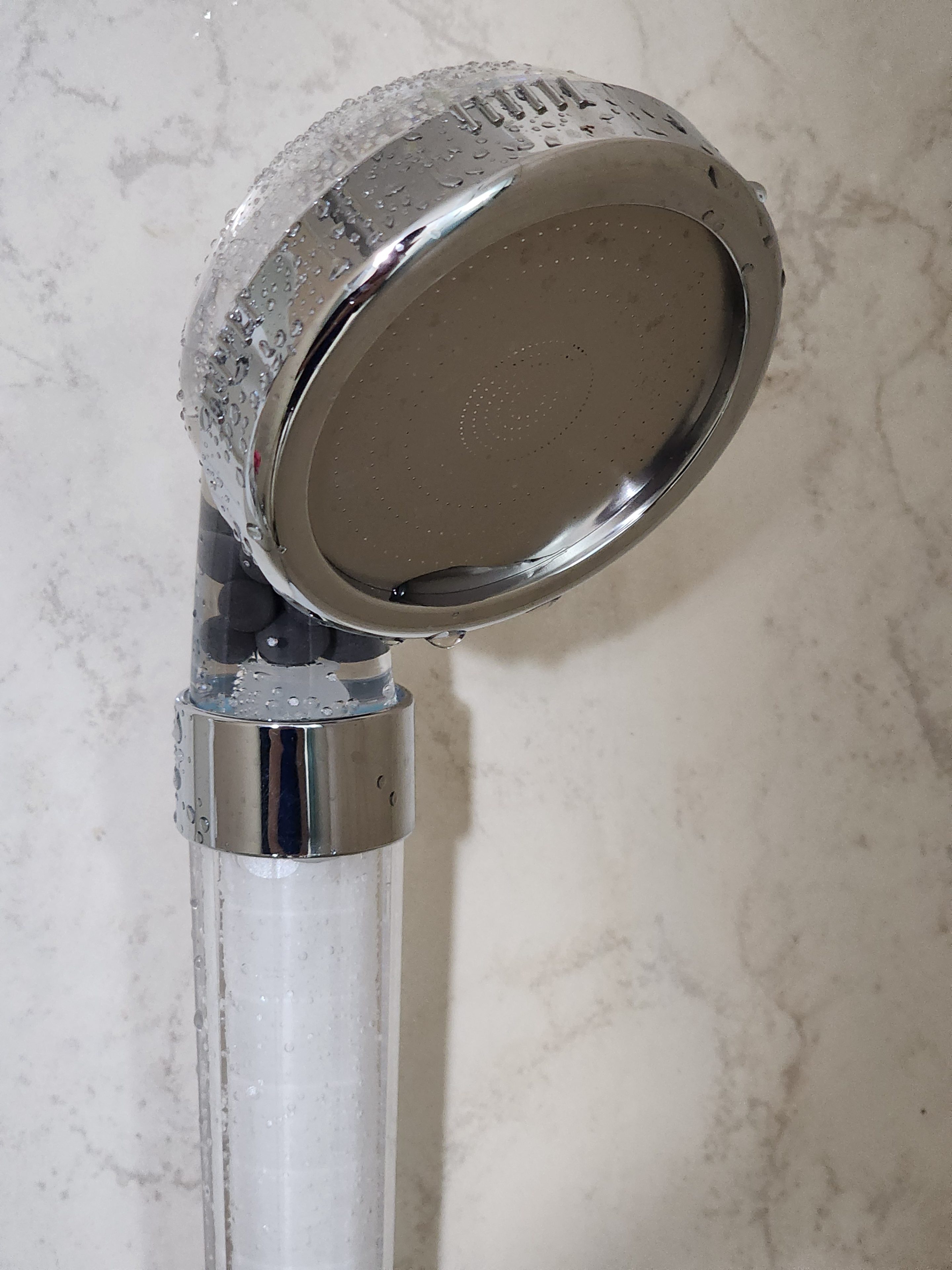
그러던 와중에 집의 샤워 헤드를 교체하는 일이 있었는데 여기에 얊은 스테인레스 판을 레이져로 펀칭한 이상적인 구멍(?)이 있다는 사실이 눈에 띄었다. 그래서 이왕 버릴 샤워헤드의 물 분배 판을 분리해 냈고 그 많은 판들 중에 정 중앙의 구멍 하나만 열어두고 나머진 호일로 막았다. Then, while replacing my showerhead at home, I noticed that the thin stainless steel plate had ideal laser-punched holes. So, I disassembled the water distribution plate from the showerhead (which I was going to discard anyway), left only the center hole open, and covered the rest with foil.
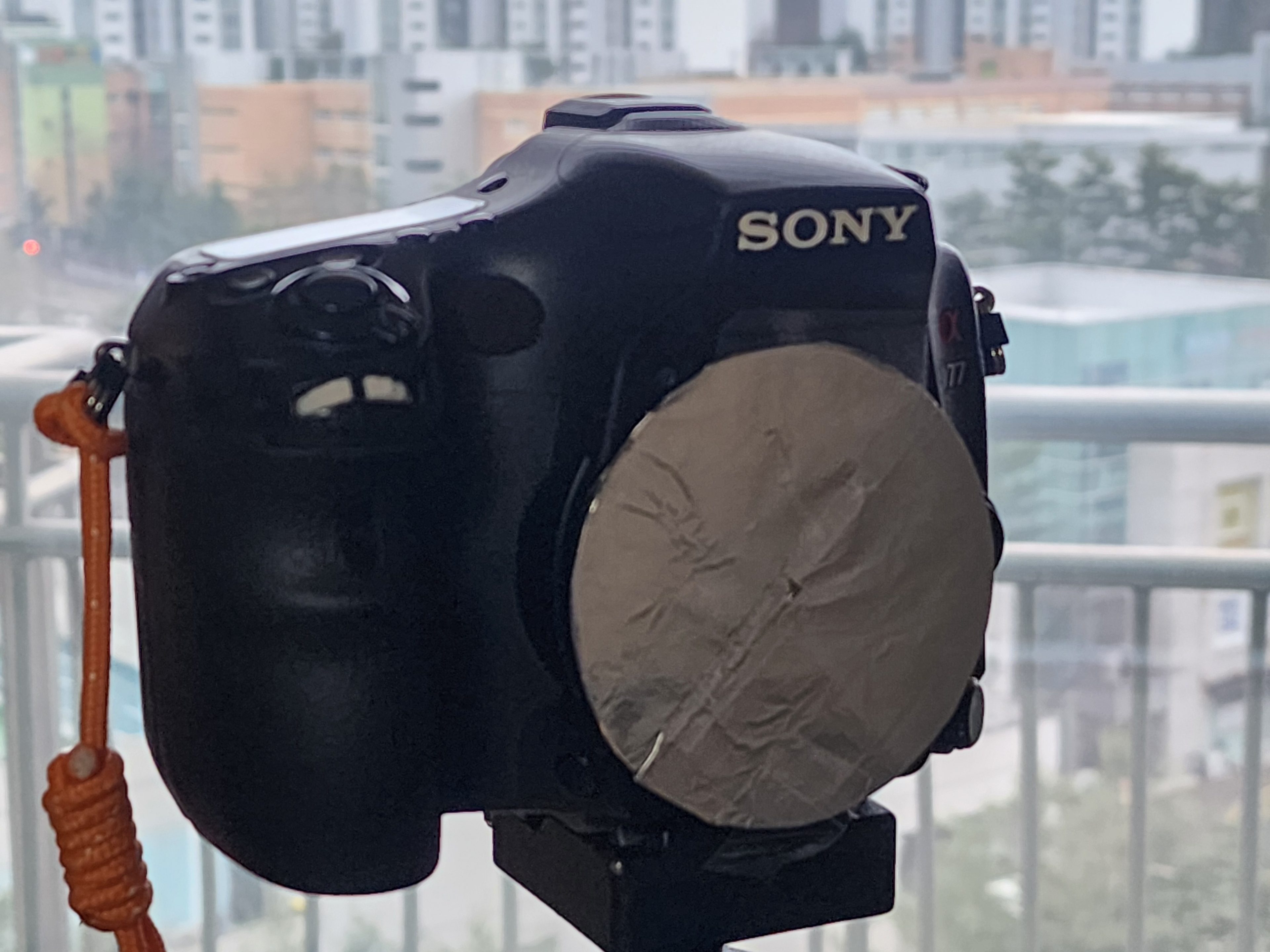
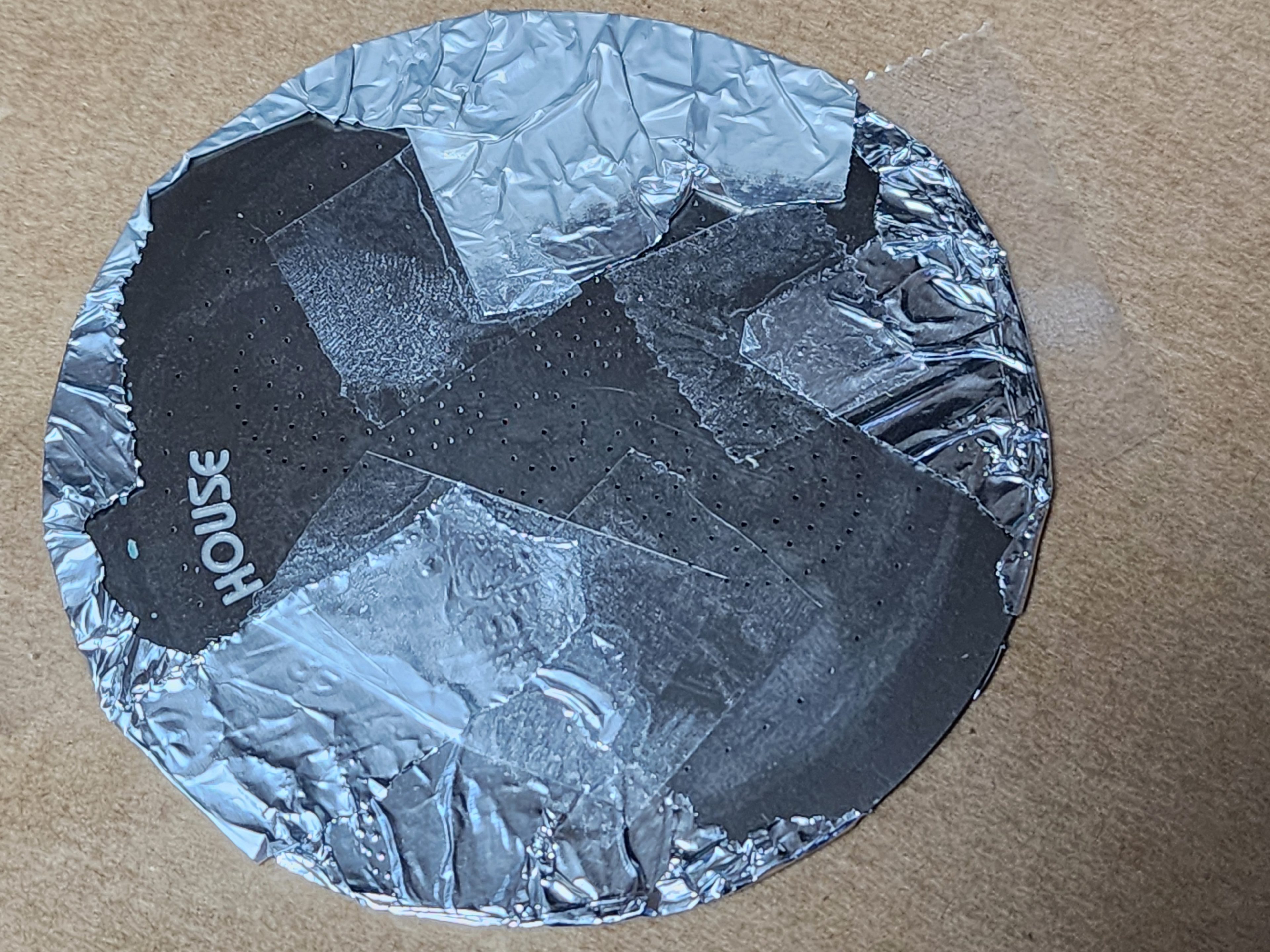
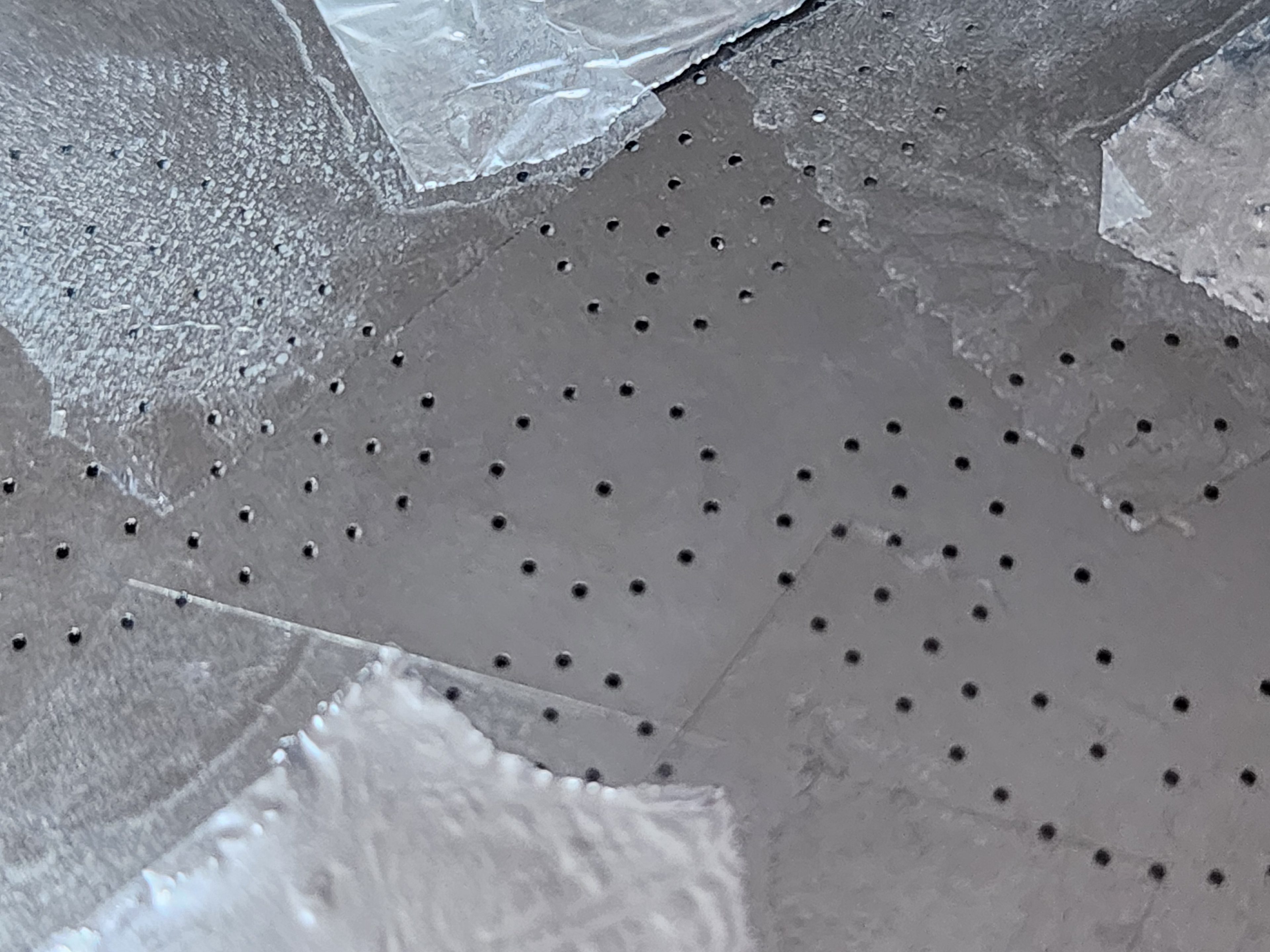
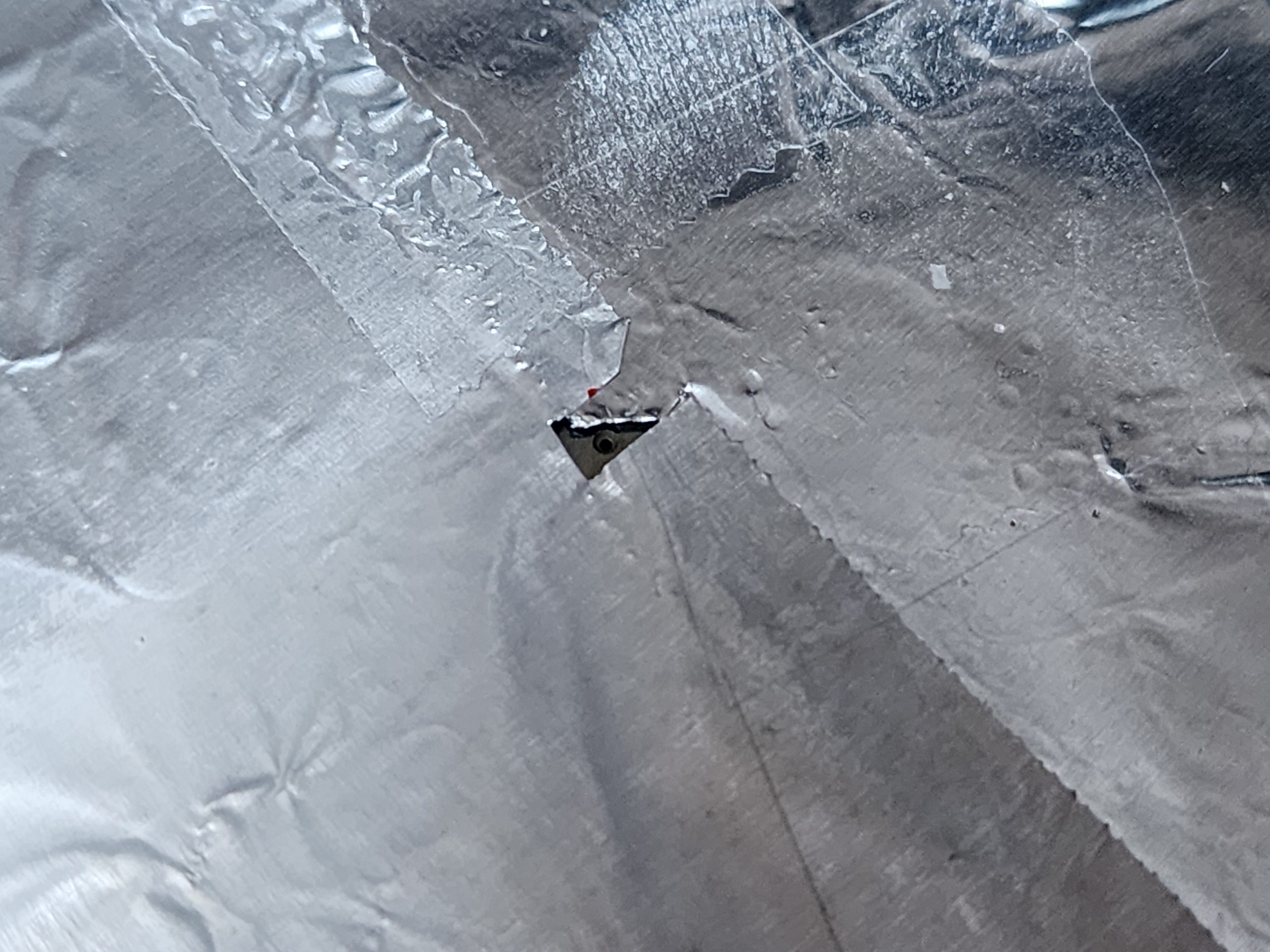
결과물은 뭐 별 기대 없었던 것 그대로였다. 물론 구멍의 크기를 다양하게 조절하며 최적의 결과가 나오길 기대해야 연구자의 기본적 자세임에는 틀림 없으나. ^^. 일단은 호기심이 정리 되었다는 걸로 만족했다. The result was exactly as I expected – nothing special. Of course, a researcher should experiment with various hole sizes to find the optimal result, ^^. But for now, I’m satisfied with having satisfied my curiosity.
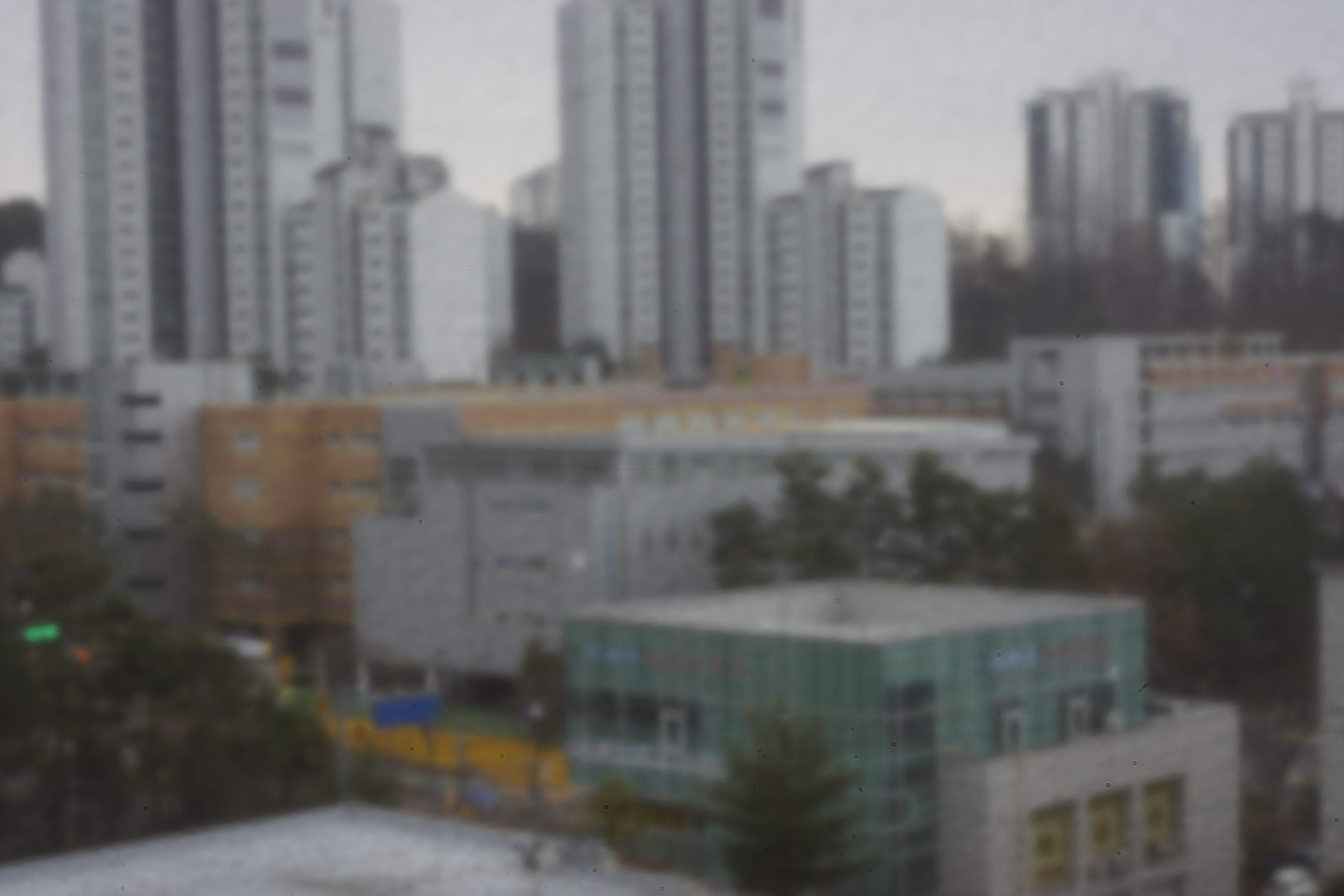
결과물은 이정도 수준이었다. 5만원 짜리 50mm f1.8 표준렌즈로 찍어도 이것보다는 잘나온다. ^^. 다만 새로운 시도로 일반 렌즈 앞에 다공판을 대고 찍으면 이런 재미있는 연출도 된다. The results were about this level. Even a 50,000 won 50mm f1.8 standard lens takes better photos than this. ^^ However, as a new attempt, placing a perforated plate in front of a regular lens can create interesting effects.
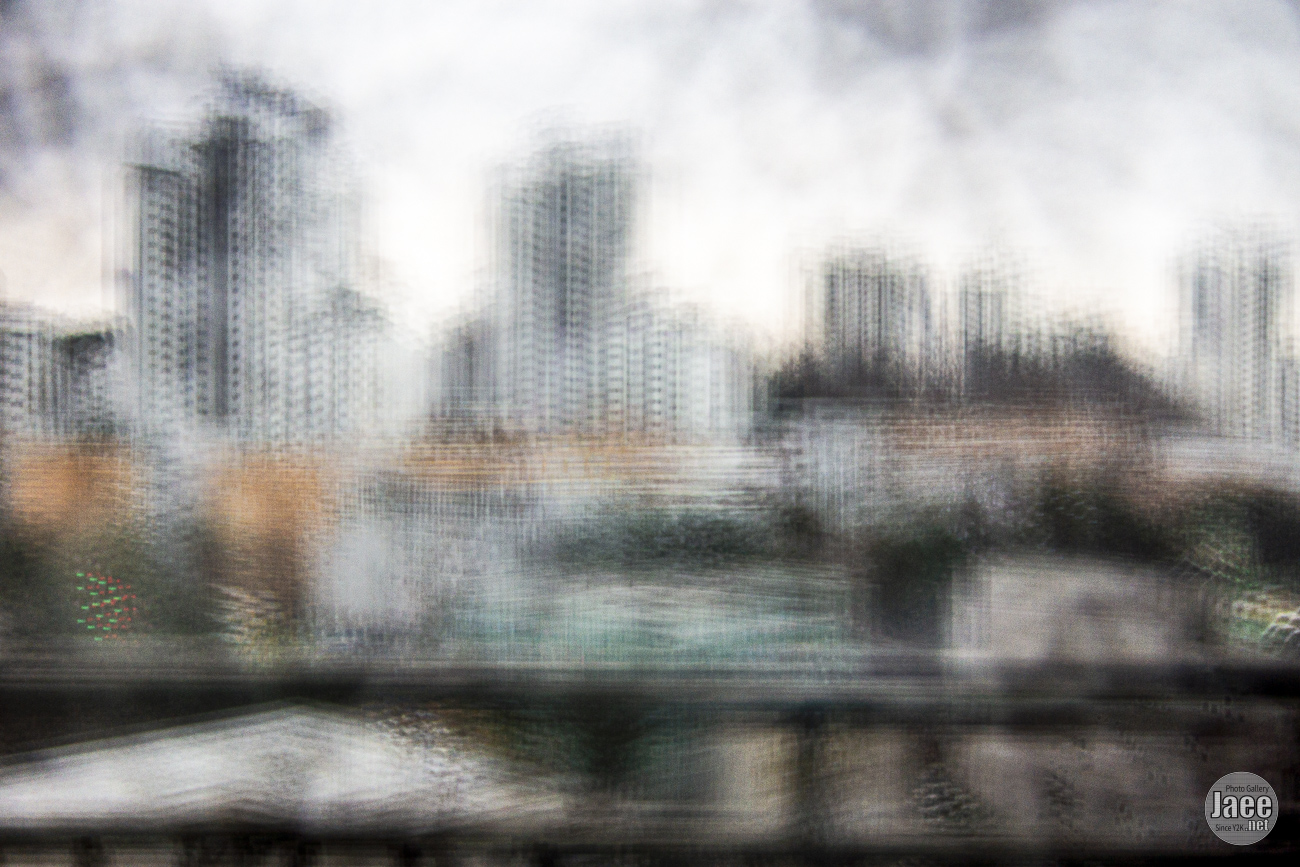
몇년 지나고 나면 요런걸 해 본 것도 잊어버리고, 또 시간낭비 왕서방 쇼핑몰에서 핀홀 렌즈를 보고 있을지도 모르나, 일단은 핀 홀 렌즈에 대한 호기심 종결! 국산 광각 렌즈로 찍어도 아래의 보라톤의 사진 정도는 나오는데 말이지. 왜 빈티지 렌즈, 중국산 초 저가 렌즈 등을 또 보고 있는지 나도 내가 이해가 안가지만. ^^. Years later, I might forget about these experiments and find myself browsing pinhole lenses on cheap Chinese shopping sites again. But for now, my curiosity about pinhole lenses is quenched! Even a Korean wide-angle lens produces better results, but I don’t understand why I keep looking at vintage lenses and ultra-cheap Chinese lenses. ^^
